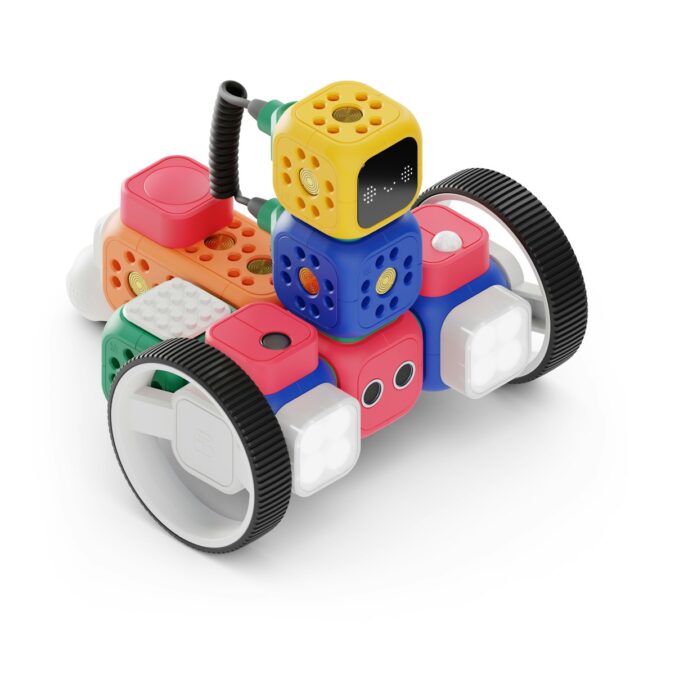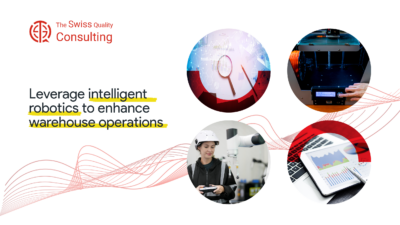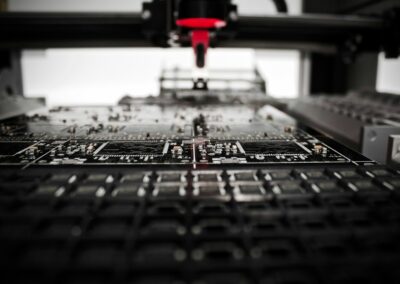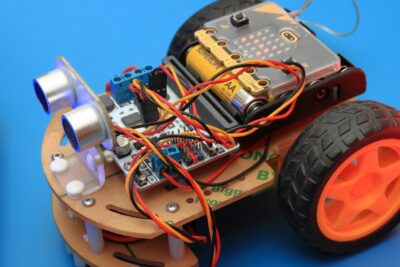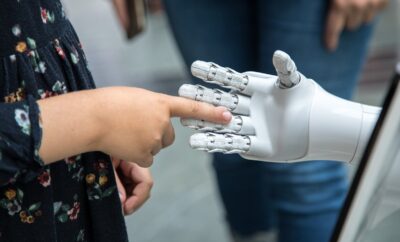Enhancing Safety and Efficiency Through Soft Robotics
Introduction to Soft Robotics
Soft robotics represents a significant leap forward in the field of human-robot interaction. Unlike traditional rigid robots, soft robots are designed to mimic the flexibility and adaptability of biological organisms. This innovation has paved the way for safer and more efficient collaboration between humans and robots in various industries. In regions like Saudi Arabia and the UAE, where technological advancement is a top priority, the development of soft robotics holds immense potential for driving innovation and improving workplace safety.
Soft robotics is not only about engineering breakthroughs but also about fostering a deeper understanding of human-robot dynamics. By incorporating materials with unique properties, such as elastomers and polymers, soft robots can perform tasks with greater precision and gentleness. This makes them ideal for applications that require close interaction with humans, such as healthcare, manufacturing, and customer service.
As soft robotics continues to evolve, researchers and engineers are exploring new possibilities for enhancing human-robot interaction. From advanced sensor technologies to sophisticated control algorithms, each innovation brings us closer to a future where robots seamlessly integrate into our daily lives. In this article, we’ll delve into the latest developments in soft robotics and their implications for various industries.
The Evolution of Human-Robot Collaboration
The development of soft robotics has ushered in a new era of human-robot collaboration, characterized by safety, flexibility, and efficiency. Unlike traditional industrial robots, which are often confined to isolated work cells, soft robots can operate alongside humans without posing a significant risk of injury. This opens up opportunities for collaborative workflows where humans and robots complement each other’s strengths, leading to higher productivity and quality.
In industries such as manufacturing, soft robotics offers unique advantages in tasks that require dexterity and precision. For example, soft grippers can handle delicate objects without causing damage, making them ideal for assembly and packaging applications. Similarly, exoskeletons equipped with soft actuators provide ergonomic support to workers, reducing the risk of repetitive strain injuries and improving overall workplace safety.
Moreover, the adoption of soft robotics aligns with broader trends in automation and artificial intelligence. By integrating soft robots into existing workflows, companies can streamline operations, reduce costs, and stay competitive in a rapidly evolving market. In cities like Riyadh and Dubai, where there is a strong emphasis on innovation and technology, soft robotics represents a strategic investment in future-proofing businesses.
The Future of Soft Robotics: Trends and Innovations
Looking ahead, the future of soft robotics holds promise for even greater advancements in human-robot interaction. Researchers are exploring innovative materials and fabrication techniques to create soft robots that are more agile, durable, and responsive. These developments are essential for expanding the capabilities of soft robotics and unlocking new applications across diverse industries.
One emerging trend is the integration of soft robotics with artificial intelligence and machine learning algorithms. By imbuing soft robots with decision-making capabilities, they can adapt to dynamic environments and perform complex tasks with minimal human intervention. This convergence of technologies is reshaping the way we perceive and interact with robots, blurring the lines between man and machine.
Furthermore, advancements in soft robotics are driving the development of wearable devices and assistive technologies for healthcare and rehabilitation. Soft exosuits, for example, can enhance mobility and independence for individuals with mobility impairments, enabling them to lead fuller and more active lives. These applications demonstrate the transformative potential of soft robotics in addressing real-world challenges and improving quality of life.
As soft robotics continues to advance, it’s essential to address ethical considerations surrounding its deployment. Ensuring that soft robots adhere to strict safety protocols and ethical guidelines is paramount to prevent misuse and safeguard human welfare. By prioritizing ethics and responsible innovation, we can harness the full potential of soft robotics while mitigating potential risks.
In conclusion, the development of soft robotics represents a paradigm shift in how we interact with machines. By prioritizing safety, efficiency, and collaboration, soft robotics offers transformative solutions to some of the most pressing challenges facing industries today. As businesses in Saudi Arabia, the UAE, and beyond embrace this technology, they are poised to unlock new opportunities for growth, innovation, and success.
Conclusion
In conclusion, the advancements in soft robotics are revolutionizing human-robot interaction and reshaping the future of various industries. By leveraging flexible and adaptive materials, soft robots offer safer, more efficient, and more collaborative solutions for tasks ranging from manufacturing to healthcare. In regions like Saudi Arabia and the UAE, where innovation and technology are driving economic growth, the development of soft robotics represents a strategic opportunity for businesses to stay ahead of the curve.
As we continue to push the boundaries of engineering and technology, the potential applications of soft robotics are virtually limitless. From enhancing workplace safety to enabling greater independence for individuals with disabilities, soft robotics has the power to transform society for the better. By embracing this technology and investing in research and development, businesses can harness the full potential of soft robotics and lead the way towards a more connected and automated future.
In conclusion, the advancements in soft robotics are revolutionizing human-robot interaction and reshaping the future of various industries. By leveraging flexible and adaptive materials, soft robots offer safer, more efficient, and more collaborative solutions for tasks ranging from manufacturing to healthcare. In regions like Saudi Arabia and the UAE, where innovation and technology are driving economic growth, the development of soft robotics represents a strategic opportunity for businesses to stay ahead of the curve.
As we continue to push the boundaries of engineering and technology, the potential applications of soft robotics are virtually limitless. From enhancing workplace safety to enabling greater independence for individuals with disabilities, soft robotics has the power to transform society for the better. By embracing this technology and investing in research and development, businesses can harness the full potential of soft robotics and lead the way towards a more connected and automated future.
#softrobotics, #humanrobotinteraction, #technologydevelopment, #engineering, #automation, #AI, #Riyadh, #Dubai, #innovation

